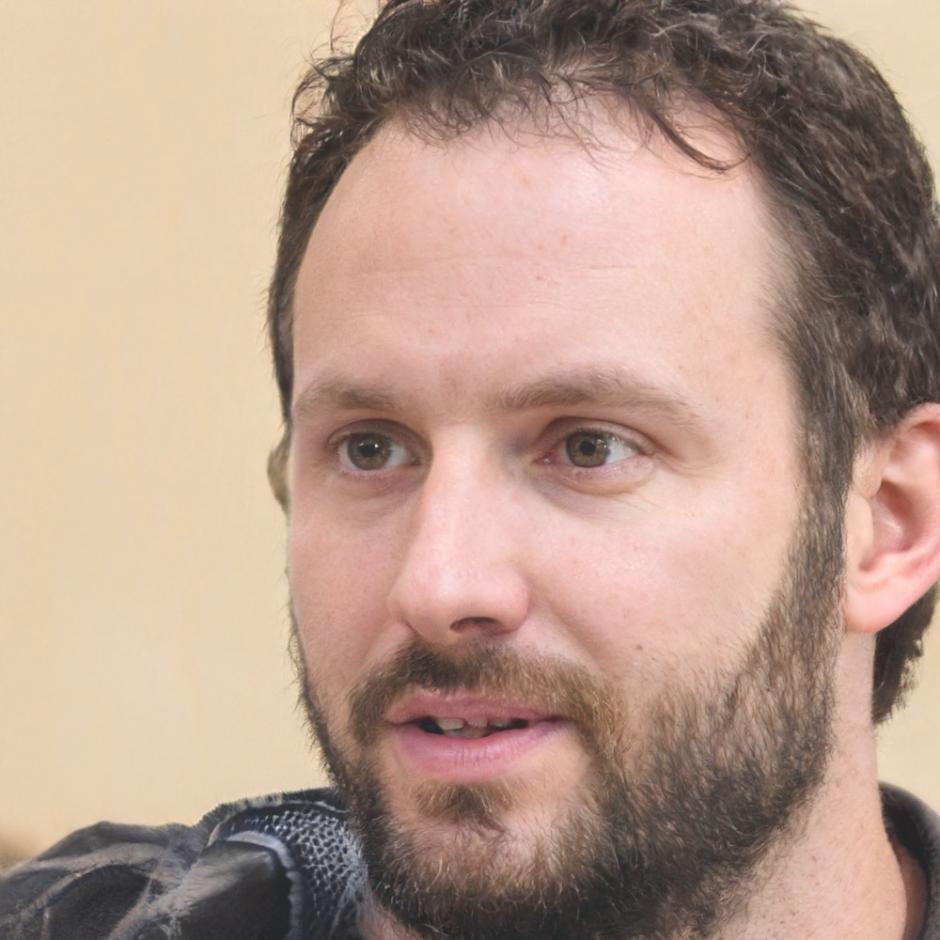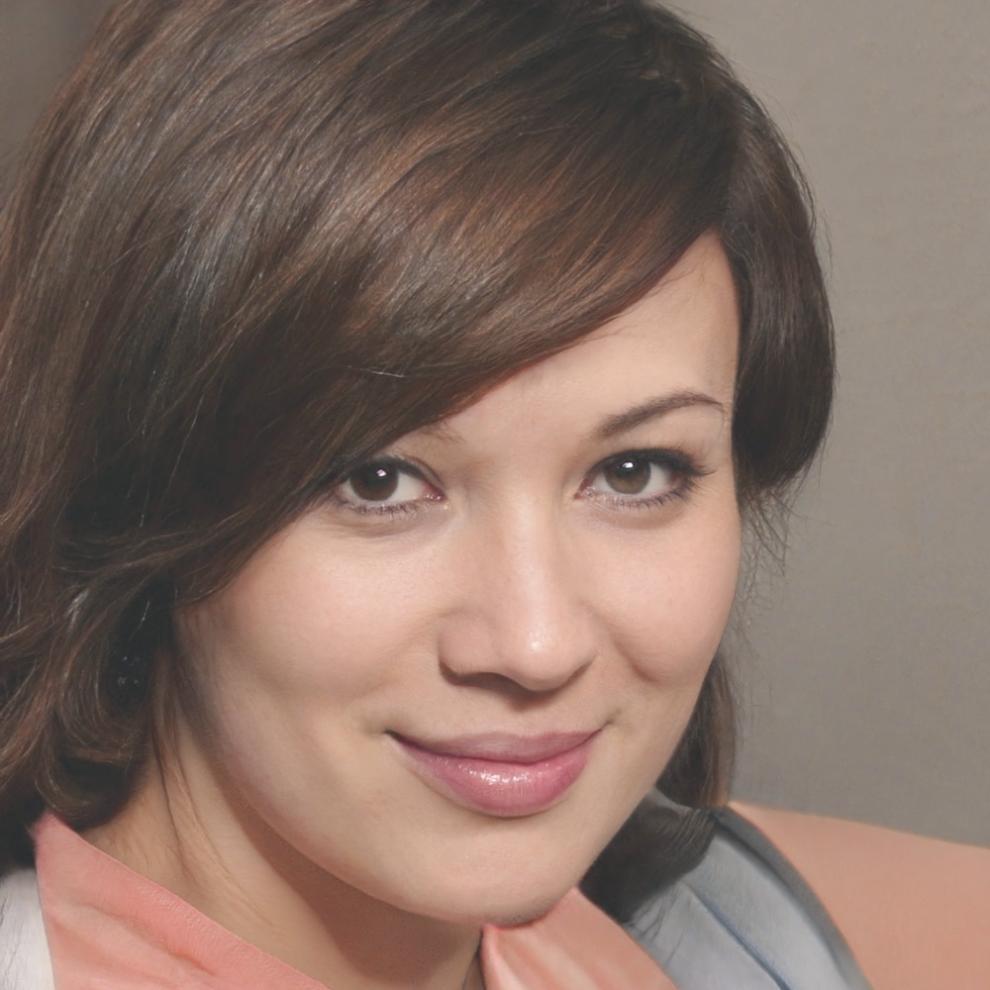Build Real Financial Automation Skills
Our program teaches you to design and implement automation systems that actually work for Australian businesses. We focus on practical workflows, real integration challenges, and the kind of problem-solving that saves hours each week.
Get Program Details
What You'll Actually Learn
Six focused modules built around the workflows Australian businesses use every day. No fluff, just tools and techniques you can start applying right away.
Payment Processing Flows
Build automated invoice processing, payment reconciliation systems, and error handling that keeps your financial data clean. We cover Xero, MYOB, and common banking APIs.
4 weeksReport Generation Logic
Create automated reporting systems that pull data from multiple sources and format it properly. You'll work with spreadsheets, PDFs, and dashboard tools that business owners actually use.
3 weeksData Validation Systems
Learn to catch errors before they mess up your books. Build validation rules, automated checks, and alerts that flag problems early enough to fix them easily.
3 weeksIntegration Architecture
Connect different business tools together properly. We focus on common scenarios like syncing CRMs with accounting software, handling webhooks, and managing API credentials safely.
4 weeksWorkflow Documentation
Build clear documentation that helps others understand and maintain your automation. This includes error logs, process maps, and the kind of notes that make troubleshooting easier.
2 weeksTesting & Maintenance
Develop testing strategies that catch issues before they impact real transactions. Learn how to monitor automated systems and respond to API changes without panic.
3 weeksWeeks of Hands-On Projects
Real Business Scenarios
Integration Tools Covered
Learn From People Who've Built These Systems

Callum Underhill
Automation Systems Architect
Spent eight years building financial automation for mid-sized businesses across Sydney and Melbourne. Callum's background is in accounting software integration and he's fixed more broken API connections than he can count.

Freya Brannigan
Payment Systems Specialist
Freya designed payment processing workflows for retail and hospitality businesses in Brisbane and the Gold Coast. She knows how to handle edge cases and build systems that don't break during busy periods.
How The Program Works
We run two cohorts each year with limited enrolment. The next session starts in September 2025, with classes held twice weekly in the evenings. You'll work on real project scenarios throughout the program.
Most participants already have some bookkeeping or business admin experience. You don't need to be a programmer, but you should be comfortable learning new software tools and thinking through process logic.
The program is designed for people working full-time. Classes are recorded if you need to catch up, and projects have flexible deadlines within each module. That said, you should plan for about eight hours of work per week outside class time.
Ask About EnrollmentNext Intake: September 2025
Applications open in June 2025. We typically have 20-25 spots available and fill them within a few weeks. Priority goes to applicants who can demonstrate clear goals for using these skills.
Format & Schedule
Tuesday and Thursday evenings, 6:30 PM to 8:30 PM AEST. Mix of live instruction, group work, and individual projects. All sessions recorded for review.
Technical Requirements
You'll need a computer capable of running virtual machines and test environments. We provide access to all software tools during the program. Internet connection stable enough for video calls.
What Happens After
Graduates get ongoing access to program materials and updates. Many continue meeting informally to share automation challenges and solutions. We don't promise jobs, but we do help you present your work professionally.